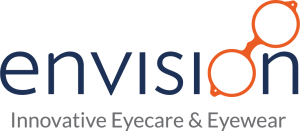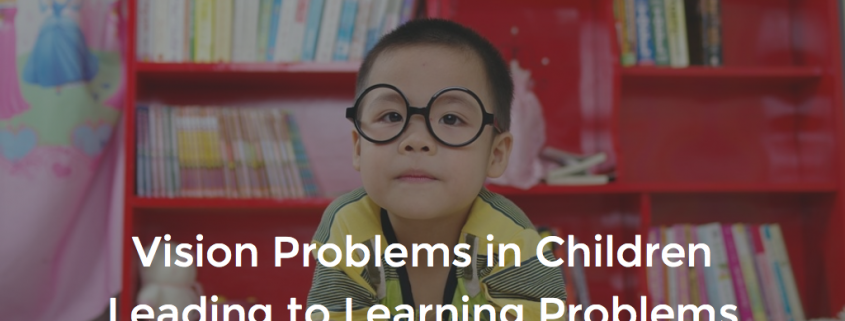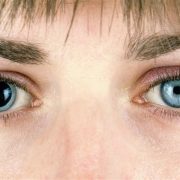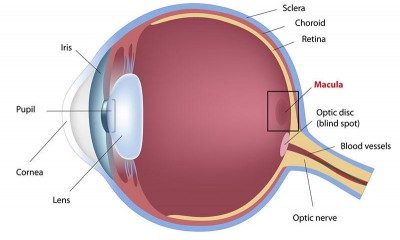Vision Issues Can Affect Learning in Children
It’s estimated that up to 80 percent of learning occurs through a child’s eyes. But what happens when a preschooler or early grade school child has vision problems such as hyperopia, also known as farsightedness? If you are farsighted that means you can see far away, but you have trouble focusing on things that are up close. For a farsighted child in a classroom that means they have trouble focusing on close-up items, such as a book or computer screen. Learning to read and write is visual. Reading and writing skills are learned very early on in a child’s school years.
Do you know if your young child is farsighted? Do your young child’s teachers recognize if he or she is farsighted? Hyperopia is often undiagnosed without a proper eye exam by an optometrist. School exams may not catch hyperopia. If it was not known that your child had vision problems then it could certainly affect your child’s learning and development, in particular learning of reading and writing skills. The Boston Globe reports “even moderate uncorrected farsightedness in four- and five-year-old children significantly affects early literacy skills, according to” the findings of a 492-child study published in the journal Ophthalmology and supported by the National Eye Institute. The study’s findings indicate, “An untreated vision problem can delay a child’s grade school readiness, says lead author Marjean Kulp of Ohio State University’s College of Optometry.”
Hyperopia can not only affect your child’s academic success, it also can affect a child in the classroom in a more physical way by causing fatigue, tension, and discomfort. Learning can become difficult and stressful for a child. The inability to see well can create a short attention span in the classroom or when completing homework. Your child may even flat our refuse to do schoolwork due to frustration.
All of this frustration for your child can be avoided by a simple eye exam by an optometrist! Envision Eyecare can determine if your child is nearsighted or farsighted and either condition can be corrected. Regularly scheduled exams are important as a child’s vision can change throughout the years. The AOA recommends a child visit an optometrist every 2 years, unless of course there is a condition that allows for more frequent visits. Please discuss with your eye doctor and follow their recommendation.







